Introduction:
In the past few years, the number of students willing to undertake the study of computing has increased dramatically. Due to the vast interest in such studies, most students are impressed and interested in the very promising recent advances in artificial intelligence. Indeed, its applications range from self-driving cars to smart homes, and its extremely rapid development has seized the imagination of students worldwide. Artificial intelligence is the technology that allows a computer to think and learn like human beings.
The AI Boom:
Although artificial intelligence has been around for a few decades already, giant strides have been made in recent years. In 2023 and 2024, we will have AI systems that can write essays, make art, and even help doctors diagnose diseases. These are amazing new capabilities in AI, which makes it the most thrilling topic in technology today.
The report in the World Economic Forum goes on to indicate that 97 million new jobs are going to be created as a result of AI and related technologies by the year 2025, and this has therefore made many students envision their future with excitement and promise in the field of AI and computing.
AI In Everyday Life:
One reason more students are attracted to computing is that AI has become a part of our daily lives. The list is long, among which are the virtual assistants, like Siri and Alexa, who take part in answering questions and helping one undertake their daily activities. Social media platforms use AI to suggest friends and show relevant content. Even video games use AI to create more realistic and challenging experiences.
AI is omnipresent and students are curious to learn about how it works and how they can be a part of the technological wave.
Schools Embrace AI Education:
With the growing demand, many schools have now been offering more such courses on computing and artificial intelligence. Not only in the United States but in actuality, this is happening all over the world; for example, the UK and China have made huge investments in AI education. Over the past two years, it has been established that the number of high schools in the United States increased by 25% in offering computer science courses.
Some schools have even started working with tech companies, bringing AI into reality for students. For example, Google initiated the AI for Everyone program, which offers free resources and training opportunities to students and teachers. These are efforts that make AI education much more accessible and thrilling.
Exciting Career Opportunities:
The market for AI and computing experts has been sizzling. Companies like Google, Facebook, and Amazon are constantly looking for the right cadre to help develop new AI technologies. As per statistics on Glassdoor, the median annual wage for an AI engineer is around $120,000 in the United States. This is one more reason students are willing to study computing.
“It’s not just the demand around tech companies, but across healthcare, finance, entertainment, Nursing Assignment Writing Services, and other sectors where there has also been a push to get experts that can deploy AI to solve complex problems and advance services within the respective industries,” Binsted said. “That is what makes a career in computing very valuable to students.”
Inspiring Role Models:
Another dimension in which student interest in computing is growing is the increasing number of inspirational role models in the technology world. Elon Musk—founder of SpaceX and Tesla—and Sundar Pichai, CEO at Google, to name just a couple. In these various ways, the students come to realize that a career in computing can be both impactful and rewarding.
Some of the programs develop a diverse environment in the field, such as Girls Who Code and Black Girls Code. They strive to empower women and minorities at a young age to invest in a computing career. Thus, such programs empower more students and make them feel motivated to actualize their interests in AI.
Social Media’s Role:
No exaggeration here, but social media has played a huge role in spreading interest across AI and computing. Websites like YouTube and TikTok are just treasure troves of videos that explain very difficult concepts in an invigorating manner. With YouTube channels like CrashCourse and Tech With Tim, students get to learn AI in much smaller chunks in a way that is reachable and eloquent.
There are several online coding communities, such as Stack Overflow and GitHub, that have provided a platform through which students get to interact, share knowledge, and work on projects. The platforms foster a sense of community for support from and towards other aspiring programmers and AI tool developers.
Hands-On Learning:
The best way for students to learn about AI is through hands-on projects. Many schools organize coding boot camps, and organizations organize hackathons—both are concrete problems that students can work on. For instance, with the Scratch programming language from MIT, young students can do their games and animations, which will give them a first taste of what it means to create software.
The abundance of free online coding lessons and projects on the internet is also flabbergasting. Interactive online courses on websites like Codecademy and Khan Academy help students learn to code in Python and JavaScript. All these online resources make AI learning accessible right from home.
AI As The Future Of Education:
So, what’s the future looking like for educating citizens on AI? It brightens. The demand for AI will be much higher, and the new professionals coming out of college will certainly be in increased demand. More schools will probably invest in computing and AI programs to prepare students for jobs in the future.
With the rise of AI, understanding has become much easier for students. For example, AI-based tutoring systems can support and give more personalized feedback, which will help the student understand complicated subjects thoroughly in a very short time. Similarly, learning tools in AI become more engaging with virtual and augmented reality.
Conclusion:
An indication that the impact of AI on our world is quite tremendous is the increase in the number of students willing to undertake the study of computing. This notion, of AI is intrinsically tied to everyday life, and it is surprising that these days, many young people wish to undertake studies in this mesmerizing sphere because it is perceived as a source of exciting future career opportunities. With more hands-on AI education being offered in schools, even more students are likely to join the ranks of tech innovators in the future.
Present-day students are preparing themselves and contributing to a constructive career toward the insatiable technological revolution by understanding the basics of AI and its applications.




 UK Cities
UK Cities